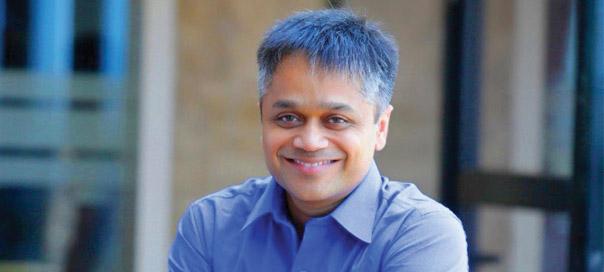By Ajit Andhare,
COO, Viacom18 Motion Pictures
From fending off a dozen goons, to crooning to the beloved, to playing the slapstick fool, the Indian film hero always played the positive, righteous and exclusively triumphant role until the late 90s. But the hero is hardly a definite black or white anymore, it’s the shades of grey that builds the anticipation. I thought of making a mental list – at just how many levels has Hindi Cinema undergone a make-over? Here are some that surfaced…
Masala Flick, but a Different Take: While no one will argue that the standard masala flick is dead, there is a distinct shift in the way they are perceived from the director’s lens. The trend that Farah Khan set with her 70s drama spoof Om Shanti Om (2007), seems to have stayed on till last year’s Gunday. Even within that genre, the tone has changed from the derisive to a re-creation of yesteryear’s drama. Even recently successful biopics like Bhaag Milkha Bhaag (2013) could go beyond Rs 100 crore by retaining classic commercial elements in telling an intense saga from the heart.
Marketing, the Hero!: Achieving commercial success on a large scale is now as much about marketing and distributing the film right, as star power was in another time. With word of mouth travelling instantly with the advent of social media, the holy grail of marketing currency – views and personal recommendations are powerful wind in the sails of a film if harnessed well. For a magical film like Queen, we chose to take the virtual media route letting key influencers voice their appreciation through tweets, Facebook posts, Instagram pictures at the venues. These ‘reviews’ galvanized the formal appreciation from critics and resulted in phenomenal numbers at the Box Office despite a small opening.
Mainstream to Many Streams: Outside of the masala flick, new forms of content are bubbling around. There is space in mainstream markets for films like Lunchbox, Madras Café (2013) and even Finding Fanny. Technically too, film-making has evolved as we get closer to global standards than ever before – a phenomenon that began with Dil Chahta Hai (2001), the cult millennium movie. Youth films like Fukrey, Chashme Baddur or Pyaar Ka Punchnama full of debutantes, succeeded as well and so did Grand Masti as they found an audience that relates to content in many different ways.
Sans Stereotype: As Bollywood becomes contextually broader, stereotypes are also being discarded in favour of newer individualistic character sketches. Taboos of yesteryears (the vamp’s item number or ugly villains) have suddenly become aspirational elements! Which is why space has been created for realistic women-oriented cinema or films with women as lead characters.
Mother India to Mary Kom: Talking of female lead-oriented films, some differences are only too apparent to ignore. The leading lady of a woman-centric film in the bygone era needed to be sacrificial, placing everything else above her own aspirations as the bedrock of virtue. However, the modern Indian woman is portrayed as having personal aspirations. They exercise choice and emerge triumphant against odds. The new age woman has a voice and plays the grey with panache, Kahaani (2012), Queen (2013), Mardaani and Mary Kom (2014) being cases in point. The mother still pines for her children and still wins the bout only once she knows Nai Nai is safe, but the transition of the leading man to a ‘supportive’ role back home while the leading lady wins in the arena is a transition that cannot be missed.
It’s an exciting time for cinema as the new genre strikes a balance by retaining elements of what has worked traditionally. No better time than now to discover new narratives and weave an enriching kaleidoscope of a new emergent Bollywood.
Feedback: Ajit.andhare@viacom18.com























